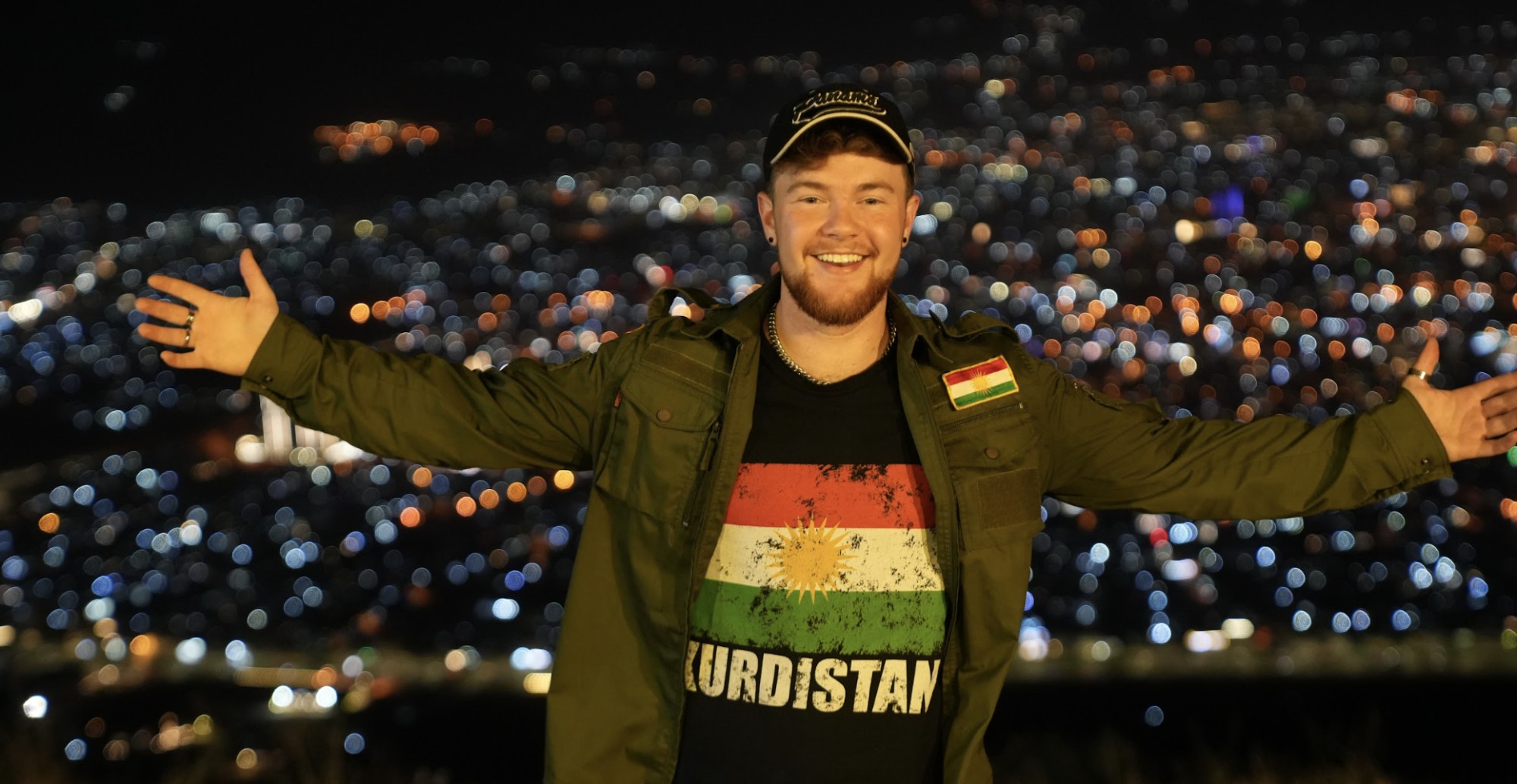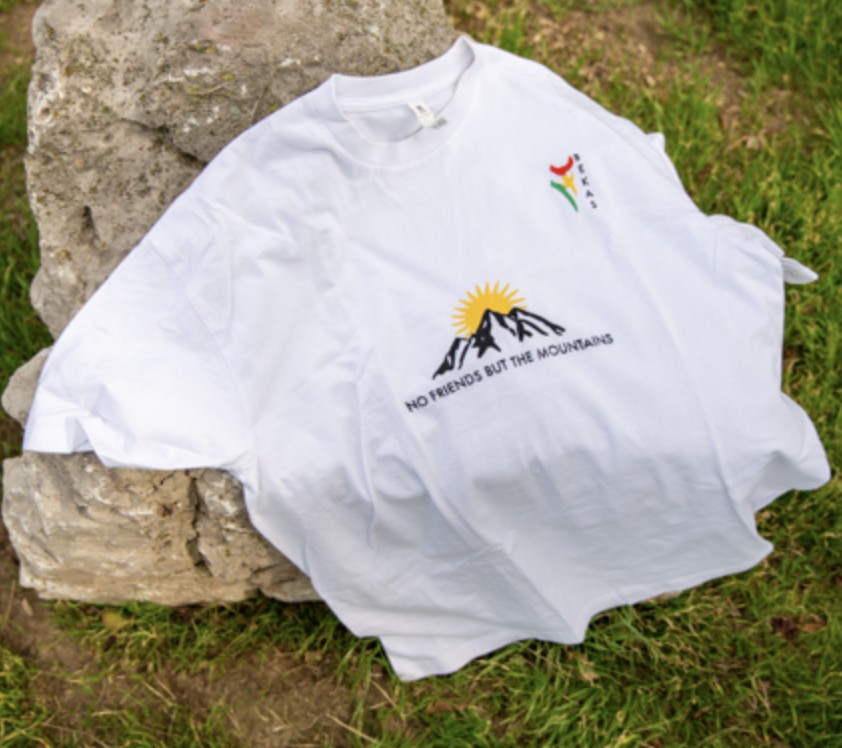This article explores the historical evolution of the Botan region, tracing its origins back to Herodotus's mention in the Achaemenid Empire. The principality of Botan existed until 1847 as an Ottoman vassal. The article delves into various conflicting accounts of the emirate's establishment, focusing on the narratives by Sharafkhan Bidlisi and Mohammad Amin Zaki. It details the lineage and rule of the Azizan family, particularly under Bedr Khan, who modernized and expanded the emirate before its downfall in 1847 due to an Ottoman-British alliance. Post-Bedr Khan, the family continued to influence Kurdish nationalism and cultural movements, contributing to the Kurdish liberation movement and cultural advancements in the 20th century.

The oldest historical source mentioning the region of Botan is the Greek historian Herodotus (484-426 BC), who says that the “Bukht and ikh” was one of the many subordinated territories of the Achaemenid Empire. Over two millennia later, the word underwent significant phonetic change to become Bokhti, Buhtan, and finally Botan. The principality lasted from the early fourteenth century and to 1847 as a sovereign state but vassal of the Ottoman Empire.
There are several different and conflicting interpretations concerning how the emirate was established. Sharafkhan Bidlisi, the Emir of Bidlisi (1543-1604), mentions in his Sharafnama (Book of Honor) – regarded as the oldest important source of Kurdish history – that the founder of the Botan principality was someone named Sulaiman, son of Khalid, who was from the families of Botan and ruled during the Umayyad Caliphate. Sharafkhan noted that Sulaiman was of Arab origin and was the son of Khalid Ibn Walid, a companion of the Prophet Muhammad of Islam.
However, the 20th century Kurdish historian Mohammad Amin Zaki disputes this account in his book Tarikh al-Dawl: “In Sharafnama, the author indicates that this emirate was established during the Umayyad Caliphate and originated from the family of Khalid Ibn Walid, but this information is unverifiable because there is no evidence of Khalid and his son Sulaiman being in Kurdistan. Moreover, this family did not exist in the early days of Islam; it is therefore a shame to consider this narrative true.”

Building on this, we know that Khalid Ibn Walid had no sons or heirs. After his death, Abdullah Ibn Salma took over his property in Medina. As Hazhari Mukriani wrote in the margin of his translation of Sharafnama: “I do think that the tribe, which has made up this story for themselves, must be the remnants of the Khaldi (Haldi or Chaldean) ancestors of the Kurdish coast. This shows that they adhered to the Yezidi religion until recently.”
What is known from historical sources is that the Jiziri Emirate (Botan) first emerged during the Umayyads. After the death of Sulaiman, the first ruler of the Kurds of Botan was Mir Abdulaziz. Mir Saifuddin succeeded his father and his brother Amir Majdaddin succeeded him. His son Amir Isa succeeded him. After the death of Amir Isa, his son Bedraddin succeeded him. After the passing of Badraddin, his son Mir Abdal took the heir and succeeded him, and after his death his son Mir Ezaddin succeeded him.
This ruling family was known as Azizan. During its reign, in 1393-94 to be precise, the Turco-Mongol conqueror Tamerlane arrived in Mardin, and Ezaddin submitted to his rule to avoid war. Nevertheless, a battle broke out with Tamerlane’s forces, which resulted in the principality being occupied as part of the Timurid Empire.
After the Timurid Empire left, the descendants of Ezaddin revived their rule of the Botan Emirate. The order of the emirate of Botan is as follows: (Mir Sharaf Khan I, Mir Mohammad Khan, Mir Sharaf Khan II, Mansoor Khan, Ismail Khan, Mustafa Khan, Abdullah Khan, Amir Khan).

Bedr Khan
The name of the Bedr Khan family comes from the name of Bedr Khan, son of Abdullah Khan, son of Mustafa Khan.
It is written on the tomb of Bedr Khan in the cemetery of Maulana Khalid Naqshbandi in Salhiya neighborhood in Syria that he was born in 1802.
Bedr Khan was born in 1802 and at the age of 18, he took over the rule of Botan in 1820, after his elder brother Emir Salih resigned. According to sources, Bedr Khan immediately began to reorganize the affairs of the emirate. Ordering the construction of many palaces and houses, he provided financial assistance to low-income families and gave land to farmers cheaper than the Ottomans did.
Bedr Khan appointed Maal Abdul Qudus as Sheikh of Islam, Tahir Agha as commander-in-chief of the army, Hamid Agha as commander of the cavalry and Effendi Agha in charge of the treasury and private affairs. He also established an advisory council for the empire to issue an enema, decrees and laws. The council consisted of elders headed by Abdul Qudus.
Bedr Khan's greatest aim was to maintain peace and order in the empire and, during his rule, the Botan Emirate became the most advanced Kurdish state to have existed. Its borders were extended to Sablagh, Rawanduz, and Mosul, and it was defined by progress and development.

The fall of the Botan Emirate
The strength of the Botan Emirate under Bedr Khan worried the Ottomans, who organized a major attack with the help of the British. Initially, Bedr Khan’s forces forced the Ottomans to withdraw to Mosul, but later the Ottoman army succeeded in capturing the city of Cizre. Bedr Khan was forced to leave the island and went to the citdael of “Arukh”, which was later surrounded by the Ottomans. After several months of siege and his escape route blocked, Bedr Khan was forced to surrender on July 20, 1847.
Bedr Khan was arrested and transferred to Ottoman army headquarters. A few days later, he, his older brother Salih, his younger brother Asad, and all the officials of the emirate were sent to Istanbul, arriving on September 29.
He was later exiled to Heraklion on the island of Crete, where he remained for 18 years before he and his family returned to Istanbul in 1866. In 1868, he and his family moved to Syria, settling in Damascus, where he remained in Damascus until his death in 1869.
Descendants of Bedr Khan
Bedr Khan left behind 49 children: 28 sons and 21 daughters. He raised them with a sense of national and revolutionary patriotism. Haji Qadir Koyi taught his children as a teacher. Therefore, after Bedr Khan’s death, the Bedr Khans launched several revolutions and uprisings, including that of Yazdan Sher in 1854, Osman Bedr Khan in 1879, and Hassan and Hussein Bedr Khan in 1910. Therefore, this family became a prominent family of the Kurdish people's liberation movement.
After the uprising and revolution of the Bedr Khans, the sons of this family did not stop with the armed revolution and established several associations and movements that worked to fight for Kurdish rights and to spread its culture, such as (Ta’ali u taraqi kurdistan), (Khoyibun), (Hevi) and many others. They also became leaders in advancing science, information, literature, and art helps to develop a national Kurdish consciousness, and began publishing the newspapers in Kurdistan, Hawar, Ronahi and Rozanu.
Bukhary Wshyar is a Kurdish poet and researcher from Erbil. He has published five books and won the first place in poetry category of Rwanga Foundation’s 2019 Competition.

